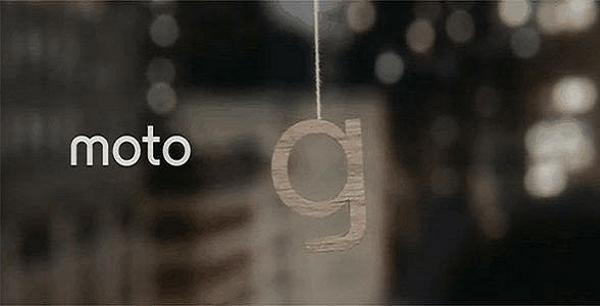Last Updated on April 9, 2017 by Mathew Diekhake
Masses of people are wanting to put the Moto G in recovery mode. There are several reasons for entering recovery. We offer a great deal how-to related guides on site to do with customizing and opening the internal system away from the factory restrictions. Entering recovery is a common occurrence for those wishing to install a custom ROM or gain root access.
You must learn that there are two different types of recovery options. The first is a stock recovery that each smartphone comes with including the Moto G. Everyone can assess the mode by tapping a series of buttons which we are describing below. The secondary mode is a custom recovery. After you have customized the device with root access you must install a custom version instead. Inside you will perform many of the same functions. Standard phone users who don’t install custom ROMs or alter the system internals don’t need to worry about a custom recovery.

The most common reason for accessing any recovery mode is fixing the phone. As the name suggests, it’s help you “recover” the operating system. If you are getting stuck in a boot loop or the OS doesn’t seem right, often part of the solution is entering the mode and performing tasks such as clearing the system, data and Dalvik cache options.
If you own the Moto G you likely have accepted at least one system notification to update the software. The latest installment is the Android 5.0 Lollipop. Well, recovery plays a vital role with software updates too. You see, when rebooting the phone for an official Android update, it performs it inside recovery. The same applies for manual updates where we are loading the files ourselves and flashing them instead of the OTA releases.
The last reason to get access to the mode is for deleting user data. If you were to want to do a full factory reset, that’s done in the same mode by accessing the same dedicated partition. Of course, factory resets wipe all data from the ROM. That means unless you backup the operating system beforehand, you will be left with a smartphone like it just comes off the shelf from the shop. We backup the data to the internal memory to conquer this issue. Some devices have external memory options such as SD cards that offer extra space. You can use that space for data if your phones internal storage is running low.
How to Enter the Moto G in recovery mode
- Turn off the Moto G. Wait a few seconds until pressing any other keys to make sure it’s off properly.
- Press and hold the Volume Down, Power and Volume Up keys on the side of the phone.
- Don’t release your fingers until a few seconds pass.
- Let go of the button and watch as a new Boot menu is on the display.
- You will notice a list of options. Recovery isn’t necessarily visible yet from the list.
- Use the volume keys to navigate through the list.
- Press the Volume down key to move down the list and keeping going until you see the menu called “recovery.”
- Press Volume Up once to confirm it’s what you want.
- Watch as the Android logo appears on the display.
- Press and hold the Volume Down and volume Up keys for five seconds before pressing the power key.
- You are now running in recovery mode.
- If you are not noticing any changes try pressing the buttons again. Sometimes it takes a few turns of getting your hands used to the process.
Tip: Did you know the same steps are available for all three Moto devices including the Moto X flagship and the Moto E budget variant too? Follow the same steps on either device.
The Google Play Store offers several options for you to download as applications so long as you have root access. Those without root must use their fingers. Before downloading it’s important to understand that this should be a secondary option for you. The more apps you have on your phone the more your battery will drain and the worse the performance. Always limit the amount of bloatware you install on the device to maximize the performance. Download the Quick Boot app, Reboot recovery or reboot to recovery for those with root access. The ClockworkMod team developed another application called “Rom Manager” you can install from here.
